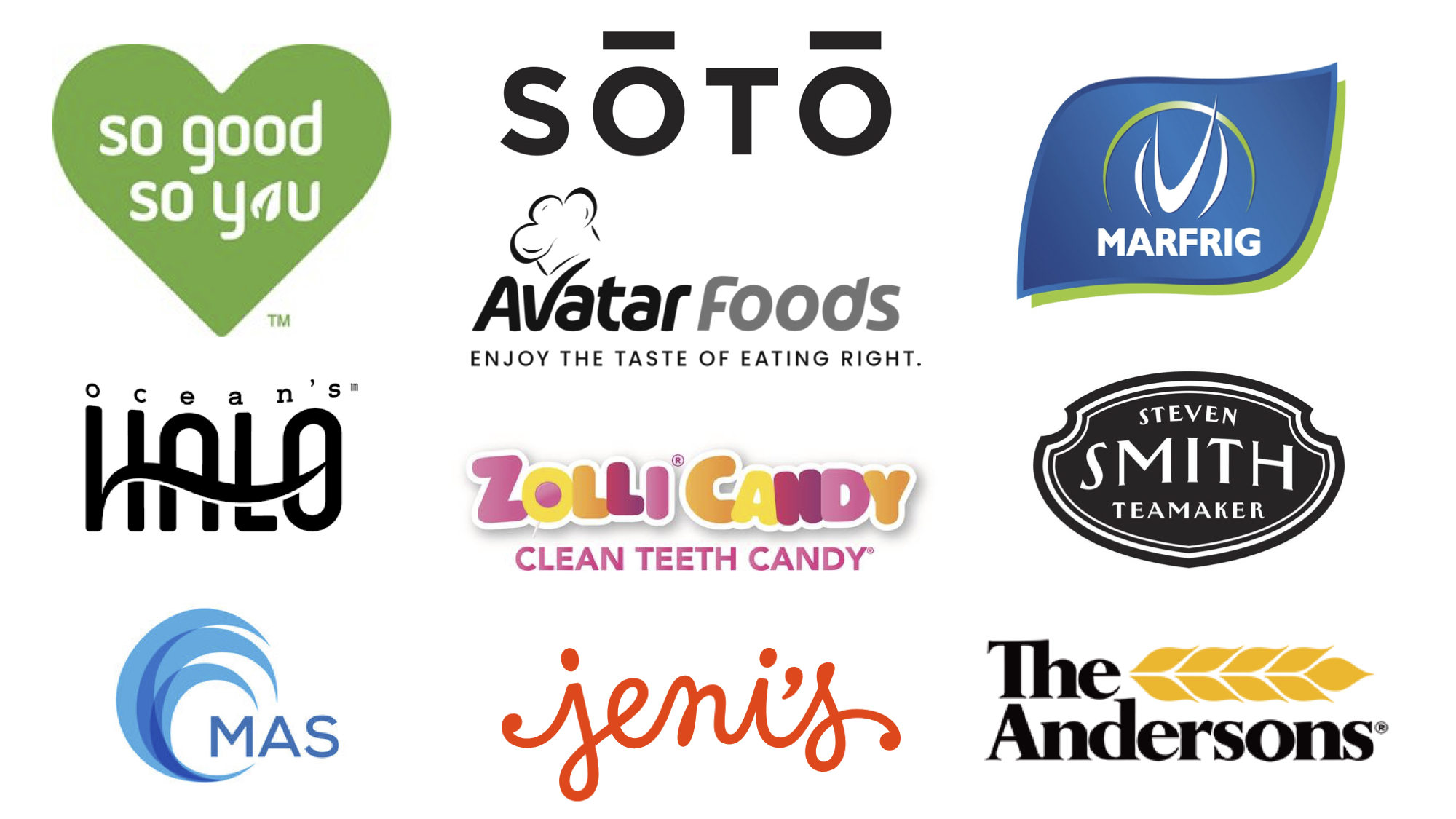It’s lunchtime in America, and 140 million of us are eating a meal away from home every day. That’s roughly 40% of the entire population. Every. Single. Day. One could argue then, that it’s nothing short of a miracle that only 1 in 6 of us will get sick in any given year from a foodborne pathogen. We’ve all read the 3,000 deaths per year statistic (CDC), but as a percentage of total meals eaten away from home, this number is thankfully lower than it could be. And yet, the high cost of addressing foodborne illness is alarming, especially when prevention is seemingly so simple.
Full disclosure: I am the GM of a food safety-driven organization that specializes in pre-moistened wipe solutions designed to prevent cross-contamination and limit foodborne disease. But for the purposes of this article, my occupation only serves as a vantage point from which to share observations that should concern us all.
Are you looking at your cell phone or tablet right now? That’s how most of us consume megabytes and sound bites these days – often while we’re supposed to be doing something else. Dr. Charles P. Gerba, Professor, Microbiology & Environmental Sciences at The University of Arizona, has shared studies that these ubiquitous devices host as many as 25,000 germs per square inch, which is 500x the level found on the average public toilet seat. When was the last time you attended a meeting and didn’t see half the heads in the room looking down at a digital device at any given moment? In one of the key segments we aim to serve – foodservice retail – this is referred to as frictionless service. These tabletop tablet devices represent the growing ubiquity of electronic “conveniences” meant to assist (or distract) us, while we’re dining out. Ready for the reveal? They’re among the dirtiest, most dangerous things in the joint.
The digital revolution may well make it easier or more fun to process your order. It may even make it easier to tolerate a night out with the kids. But these devices shouldn’t be an overlooked source of potential cross-contamination. If you think restaurant guests aren’t already noticing – think again. A simple review of popular social media and review sharing sites reveals growing alarm over these devices. A sampling from Yelp!:
One custome writes, “It’s dirty and disgusting. I mean how many dirty chip eating fajita hands have touched the screen before me today?? It distracts my kid during dinner and since he’s a toddler I have no choice but to give it to him otherwise he throws a fit.”
“My whole family already has mobile devices that we brought ourselves, and each one is personalized for each of us with the games we like. And my mobile device only has my germs on it. I don’t see my wife letting my kids touch it,” writes another restaurant reviewer.
A few months ago, Sani Professional® began taking readings with Hygiena’s ATP device across a wide range of foodservice outlets, including 88 chains in the NRN Top 100. Close to 200 readings were taken before – and then after – a simple, one-wipe treatment of a variety of restaurant surfaces. As you may be aware, the ATP device is designed to measure RLUs, broadly referred to as “bioburden” present on a swabbed area. Our RLU counts across all surfaces averaged 557 (classified as “Very Dirty” by Hygiena). After just one treatment with an all-purpose cleaning wipe (no active, germ-killing ingredient) this level was reduced to an average of 131! To repeat, that’s after just one wipe down. Now, for the electronic devices alone, the average reading was 632 RLUs. That’s 13.5 percent higher than all surfaces. And the average bioburden level was reduced to 138 after using the cleaning wipe. One cleaning wipe treatment, across all tested surfaces, netted roughly a 77 percent decrease in potentially harmful microorganisms.
We offer this information as food for thought (pun intended). While these digital devices continue to grow in presence across the foodservice landscape, in both front and back-of-house operations, do we not have a shared responsibility to address what is clearly an emerging “hot spot” demanding intervention? We think so – especially when addressing the concern is so simple. To learn more and weigh in with your thoughts, join our Xtalks webinar on this topic.
This article was created in collaboration with the sponsoring company and the Xtalks editorial team.












Join or login to leave a comment
JOIN LOGIN